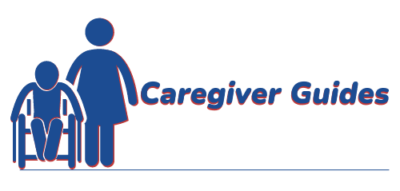
The term transfers is used frequently when it comes to rehab and mobility therapists. You may have heard the term tossed around a lot and not fully understood when and how it’s used. Basically, the term “transfer” is used any time a care recipient is moved from one position or surface to another. For instance moving a person from the bed to a wheelchair is a “transfer”. And, helping a person into a shower stall or bathtub is also a “transfer”. Even helping a person stand from a sitting in a chair is a “transfer”.
When a person cannot perform one of these movements independently, therapist’s refer to this as an “assisted transfer”(“assist” meaning the amount of help provided by the therapist), for which there are varying levels of assist. The care recipient can be a “dependent” transfer, meaning that they are unable to participate in the activity at all (frequently a mechanical lift machine is used for many people who are in this category simply because its safer for all involved). The levels of assist diminish as a person becomes more independent and may progress to what’s called “modified independent” with their transfers. This means that a person no longer needs outside physical assist, but may need a walker, cane, or, just take a little more time than normal to complete the activity.
Transfer training is an important aspect of rehab and caregiving. The more your care recipient can learn to move more independently decreases the amount of physical assist you need to provide. This can go a long way to decreasing stress and strain and avoiding injuries.
